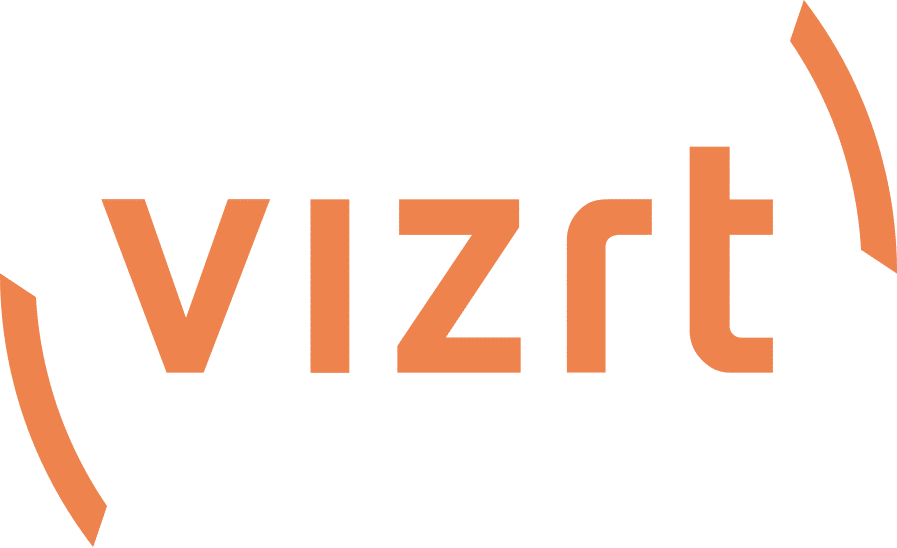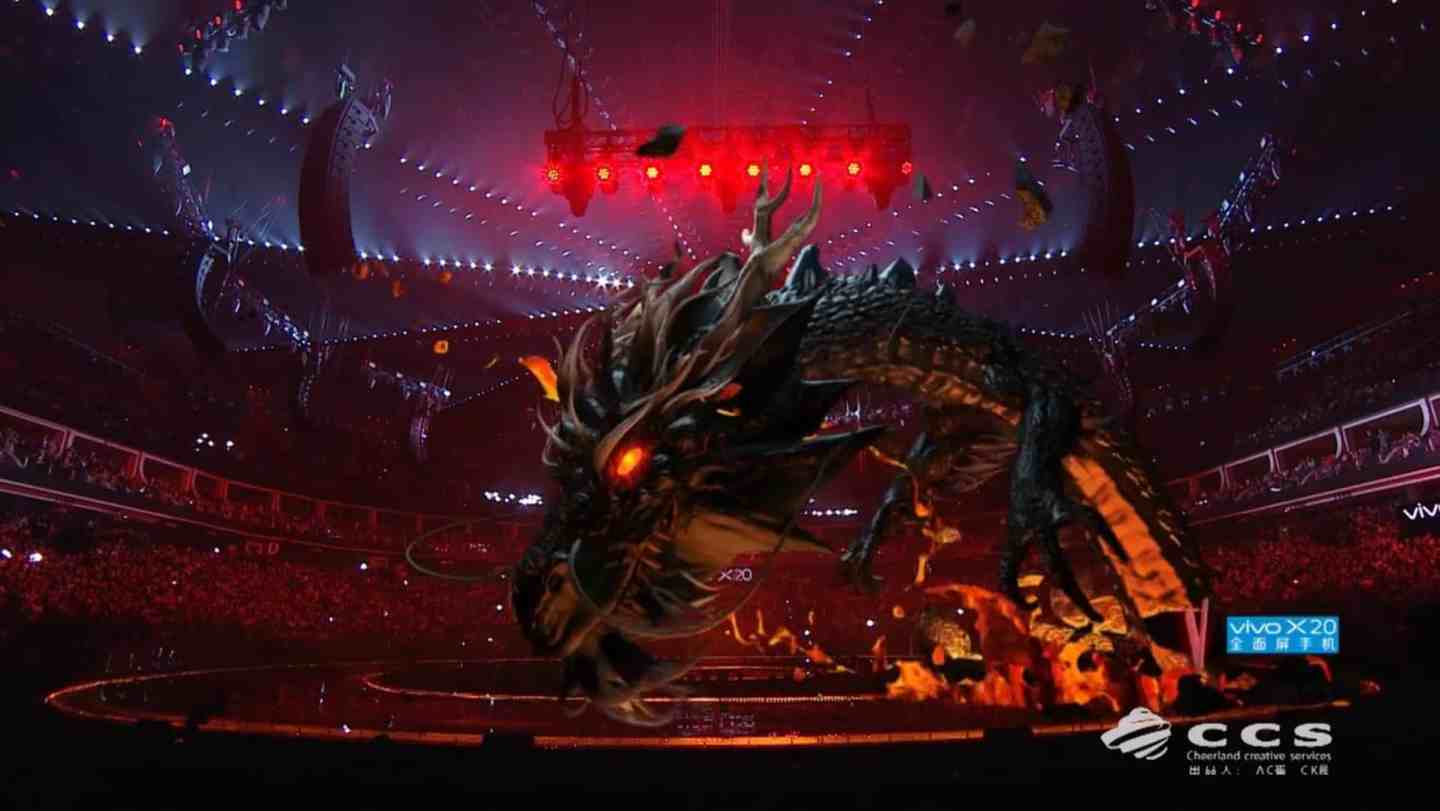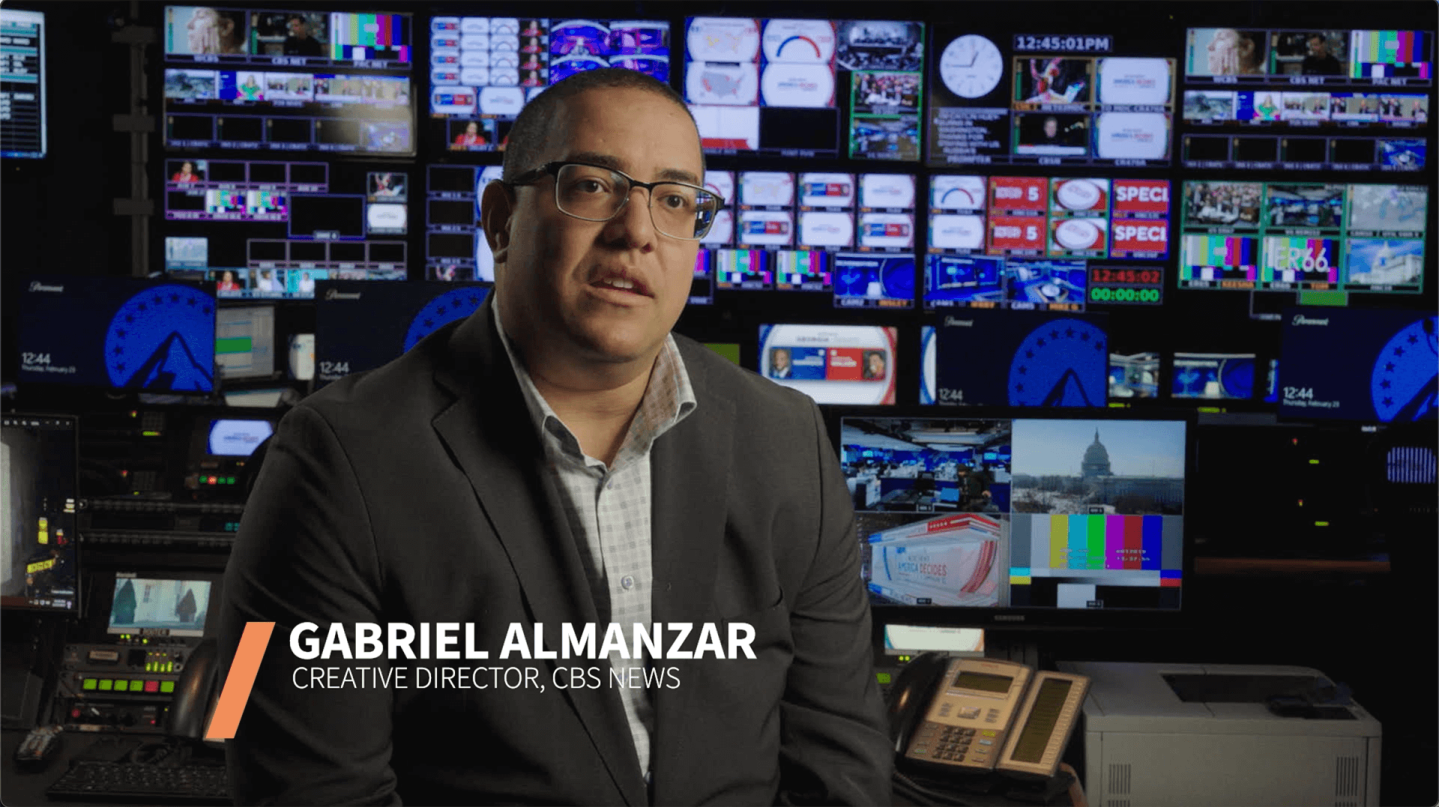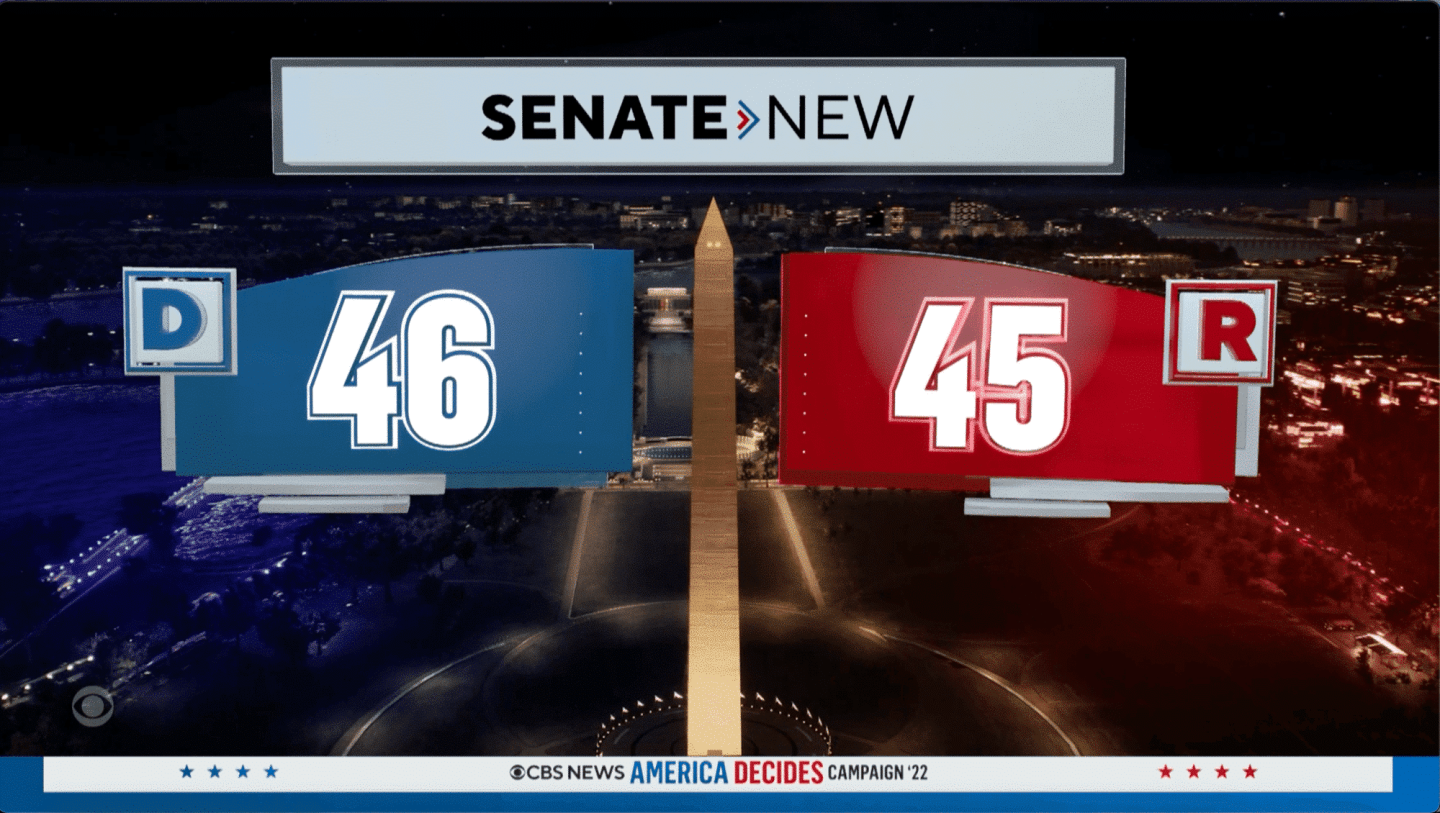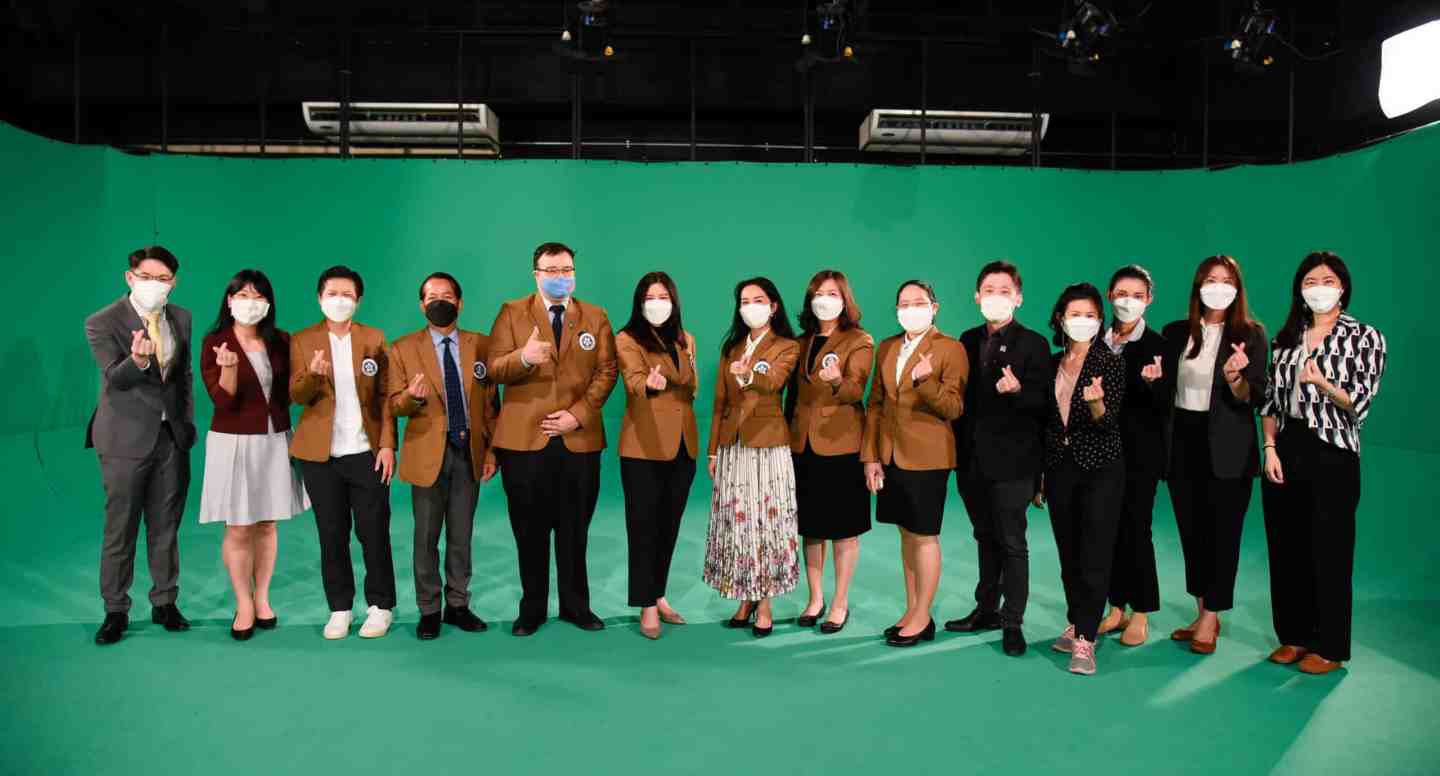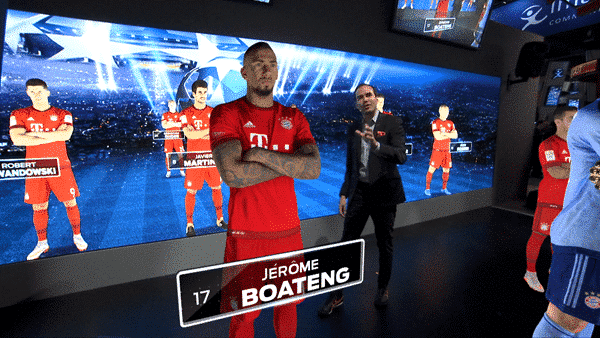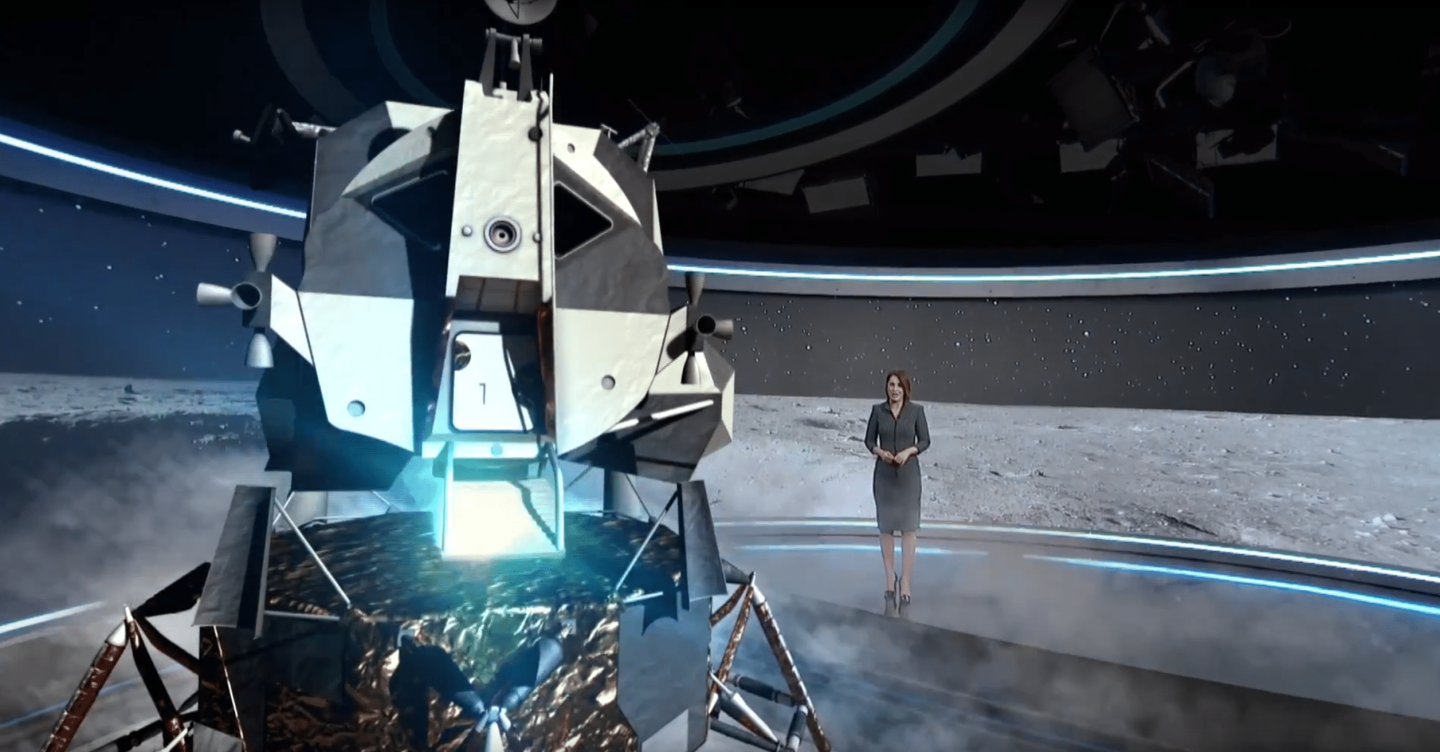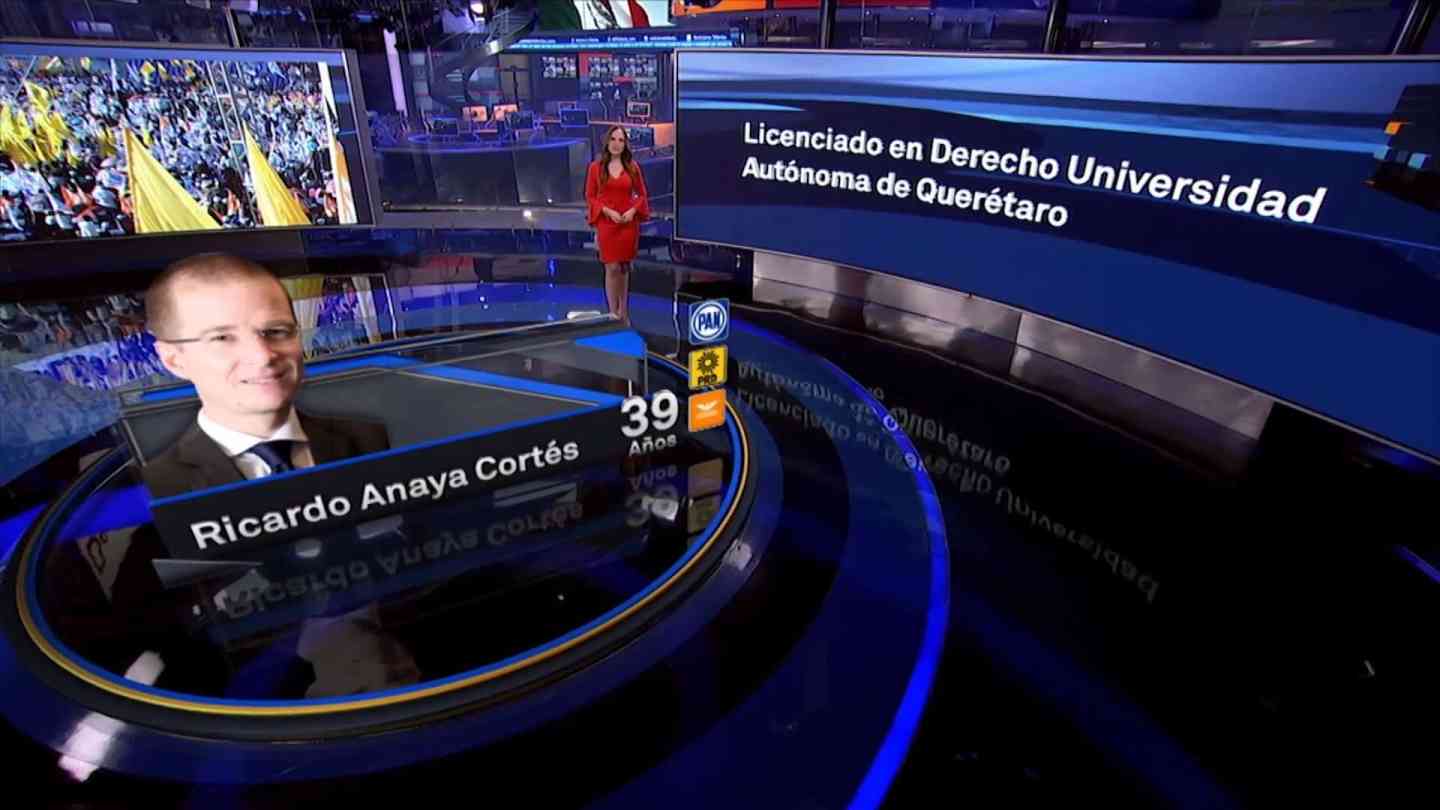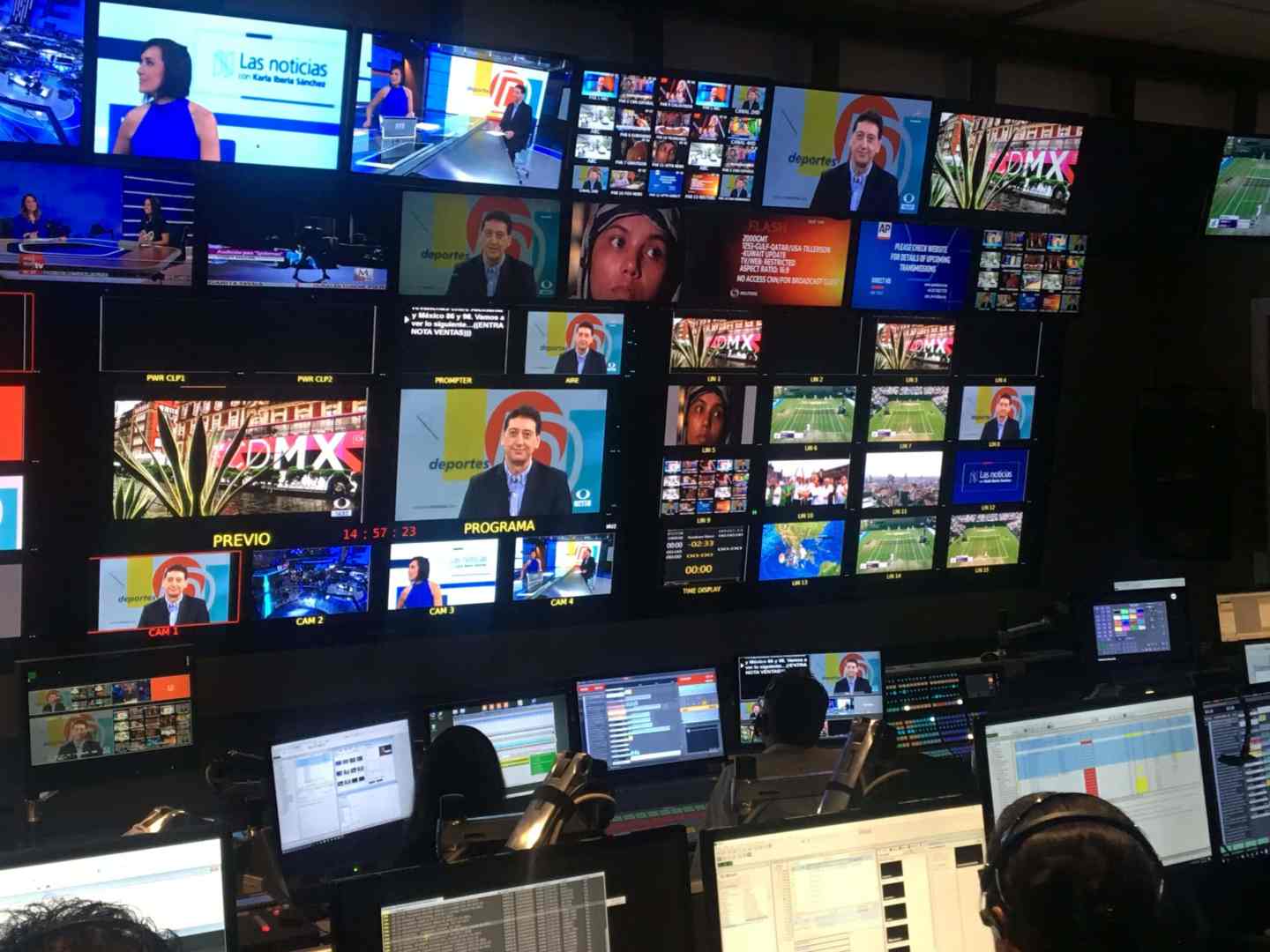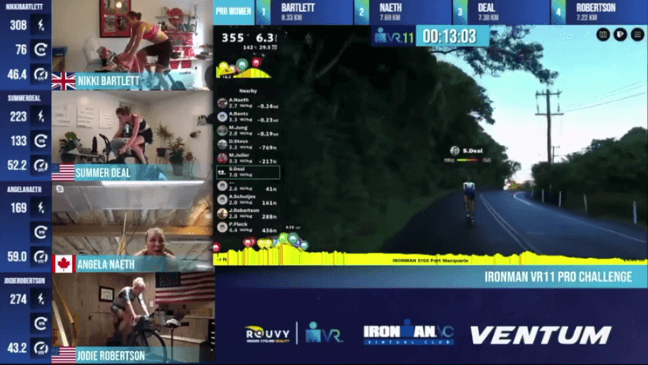Soccer star Javier Hernandez teleports with Vizrt AR tech
As a recognized pioneer in television production effects and workflows, Univision Deportes Network (UDN) often leverages the latest advances in graphics tools to push the very limits of what can be displayed and broadcast on television. Recently, this included enabling a sports celebrity to appear virtually when they couldn’t physically thanks to augmented reality (AR) graphics technology from Vizrt.
During the network’s live telecast of the Premios Univision Deportes sports awards show in Miami, Florida (December 2017), software and hardware technologies were employed to enable renowned soccer player Javier Hernandez to virtually receive a major award and give his acceptance speech, even though he was unable to attend the show in person (he was in Europe at the time).

To create the highly realistic effect, Univision used live video, graphics production systems from Vizrt, an optical tracking system from Ncam, and an HD camera on a TechnoCrane to “teleport” him on the stage during the show in front of a live audience. The result was a chorus of “wow”s from the audience in the studio (watching on monitors) and lots of positive social media feedback from viewers at home while the AR shot was taking place during the live broadcast.
Alexis Salinas, Senior Director, Technical Creative Services at Univision Communications, said they call the milestone visual effect “Teleportation,” as it brings a virtual person to the stage when no one physically exists. (This idea has been tried with several types of hologram effects during other telecasts, but they pale in comparison to the lifelike, live video, image of Hernandez that appeared on stage amidst other AR graphics that night.)
“For Premios Univision Deportes, we wanted the award winner for an important category (The Tri Award, for best lifetime goal scorer for the Mexican National Soccer team) to be virtually present on the stage during the live show,” Salinas said. “We used Ncam as our camera tracking system and we used Vizrt’s latest graphics technology to produce a chromakey effect that in turn we used to generate the final AR effect/output.”
He said a lot of pre-production planning was required to create the effect. The biggest challenge was placing the AR Hernandez within the live multi-camera production, where all the previously recorded shots had to have a live studio background and the live audience to create the AR moving image displayed within live environment.
The first step was having Pablo Malec, Creative Senior producer at Univision Communications Inc., shoot Hernandez in Brussels, Belgium (days before the live TV event) over a green screen with multiple camera angles. These pre-recorded, full motion images were used to generate the virtual Hernandez, who was shown from several different camera angles during the live broadcast.
To achieve Teleportation, Univision’s onsite crew used a single Viz Engine rendering engine, with its built-in chromakeyer features, and Vizrt’s Tracking Hub, the company’s next-generation configuration and control system for Virtual Studios. The camera tracking information had to be captured in just the right way, employing the right angles to synchronize the AR elements with the live environment, for the effect to look convincing.

“The effect was perfectly clean. All of the camera switching, camera block preparation, AR camera tracking and final composite (in the Viz Engine) went without a single glitch. It was extremely successful”
Alexis Salinas
Senior Director, Technical Creative Services at Univision Communications
While Univision has relied on Vizrt technology for many years as the core graphics production infrastructure, the Teleportation effect has been so successful, that the network is now using it for a number of other sports shows. Salinas sees it as an extension of the Viz Virtual Studio virtual set technology their graphics artists are already familiar with. Following a big game, for example, the production team might “tele-transport” players and coaches from a remote location to its Univision Deportes Network studios. They’ve also used it to interview relevant sports personalities in one of their main studios.
“Using this ‘tele-transport’ method, we can have a person appear in our studios and they can have a live, interactive discussion with the on-air presenter,” Salinas said. “This not only enhances the production values of our shows, but it also provides our audience with visually astonishing effects and an increase in fan engagement with shows.”
